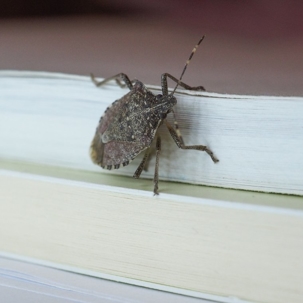Can Stink Bugs Fly?
Yes, stink bugs have wings and can fly. They are classified as true bugs in the order Hemiptera and have two pairs of wings. The forewings are leathery at the base and membranous at the tips, while the hindwings are fully membranous and used for flight. When at rest, stink bugs fold their wings over their bodies in a shield-like shape. While they are capable of flying, they tend to be clumsy in the air.
Do Stink Bugs Fly?
Stink bugs can fly, but they are not very agile or efficient fliers. Their flight is often described as slow, clumsy, and noisy due to the way they flap their wings. Unlike insects designed for precision flight (such as flies or bees), stink bugs have a relatively bulky body and a stiff wing structure that limits their maneuverability.
Here are some key points about their flight abilities:
Short-distance fliers: They can travel moderate distances but prefer to walk or crawl when possible.
Noisy flyers: Their wings produce a distinct buzzing sound, similar to a small drone.
Unstable in flight: They tend to fly in erratic, wobbly patterns rather than straight and controlled paths.
Attracted to light: Like many insects, stink bugs are drawn to artificial light, which can lead them indoors, especially in the fall.
While they are not strong long-distance fliers, they can still cover enough ground to move between plants, homes, and sheltering areas.
When Do Stink Bugs Fly?
Stink bugs typically fly in specific situations, often as a response to environmental factors or survival needs. Here are the main reasons they take flight:
- Searching for Food: Stink bugs primarily feed on plant material, including fruits, vegetables, and leaves. They fly to find new food sources, especially when their current location becomes scarce in resources.
- Seeking Shelter: In late summer and early fall, stink bugs often fly toward homes and buildings to find a warm place to overwinter. If disturbed or threatened, stink bugs may take flight to escape danger rather than relying solely on their defensive odor.
- Mating and Reproduction: During mating season (spring and summer), stink bugs become more active, flying to locate mates and suitable egg-laying sites.
- Responding to Light: Stink bugs are attracted to artificial lights, which often causes them to fly toward windows, porch lights, and indoor lamps.
- Avoiding Predators: If a stink bug feels threatened, it may attempt to fly away as a last resort before releasing its characteristic foul odor.
While stink bugs can fly, they generally prefer walking or crawling unless one of these specific needs arises.

